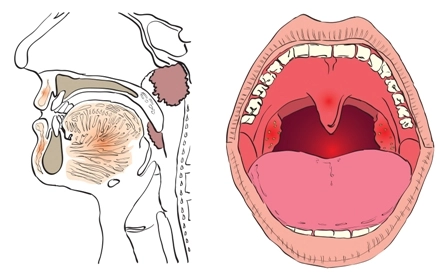Pediatric Coding Alert
Case Study Corner:
Follow These Guidelines for Successful ADHD Reporting Outcomes
Published on Wed Oct 25, 2017

You’ve reached your limit of free articles. Already a subscriber? Log in.
Not a subscriber? Subscribe today to continue reading this article. Plus, you’ll get:
- Simple explanations of current healthcare regulations and payer programs
- Real-world reporting scenarios solved by our expert coders
- Industry news, such as MAC and RAC activities, the OIG Work Plan, and CERT reports
- Instant access to every article ever published in Revenue Cycle Insider
- 6 annual AAPC-approved CEUs
- The latest updates for CPT®, ICD-10-CM, HCPCS Level II, NCCI edits, modifiers, compliance, technology, practice management, and more
Related Articles
Other Articles in this issue of
Pediatric Coding Alert
- E/M Coding:
Take These 5 Hints to Avoid Common E/M Reporting Errors
Learn what not to do by following this expert advice. Upcoding. Downcoding. Missing or no [...] - Case Study Corner:
Follow These Guidelines for Successful ADHD Reporting Outcomes
Pay attention to payer rules for testing, treatment options. It's a common problem that seems [...] - E/M Coding:
Understand Preventive/Wellness Visit Coding With These Documentation Tips
Age, history, risk factor, and vaccinations set these E/M visits apart. It's safe to say [...] - You Be the Coder:
Know Correct Vaccination Law for Accurate Rotavirus Reporting
Question: A mother came to us with her daughter, who had just started daycare. For two [...] - Reader Question:
New Flu Vaccination Codes Won't Hurt a Bit
Question: Like most peds offices at this time of year, we're ramping up our vaccinations for [...] - Reader Question:
Learn How to Code This RAD-ical Condition
Question: An adolescent patient just presented at our office with asthma-like symptoms: coughing, wheezing, and shortness [...]
View All




